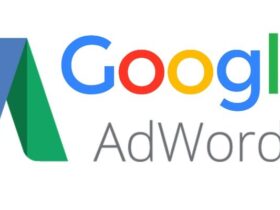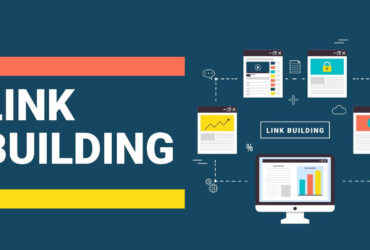The following are thoughts that I came up with through my two decades of Internet advertising experience and nearly twenty years of building hyperlinks and watching traits come and go. These three tips are like a framework for considering what it means while discussing fine links. Understanding what makes a hyperlink relevant and beneficial for ranking and sales can help you better understand how to use your sources for maximum effect.

How Many Site Visitors Will Convert?
One way to decide the usefulness of a link campaign that a person may advocate for you is by calling yourself (or your search engine optimization); how in all likelihood is it that visitors from the websites they want to draw hyperlinks from will convert? This isn’t approximately accurate, like actual numbers. What I’m going after is a back of the serviette guesstimate. It’s a brief way to get a thumbnail estimate of whether something is or isn’t always useful.
Do a Quality Check of Inlinks and Outlinks
Then, please peek at the styles of links on one’s sites. I suppose it seems like they generally have links from apparent link-building schemes, then, in all likelihood, again away. Suppose they have awesome inbound links, then extraordinary. Then, test their outbound hyperlinks. Are they linking to shady or beside-the-point websites? If so, again away.
Would You Pay for a Link from those Sites?
I’m not suggesting you pay for a link. I am simply suggesting a mental test of asking yourself if you’ll spend money to put it on the market on that website online. And if your answer is yes, position a dollar parent on it. Ask yourself why you’ll pay so much. If your solution is because of a few third-birthday party metrics, forestall. Just forestall.
Traffic is Not the Ultimate Metric
Not all sites ship visitors. Not all first-class internet pages have an excessive PageRank (or whatever metric you apply to measure the excellent). Some pages have low outward measures of quality. But they have what I want to consider an exceptional form of energy: relevance and being in an excellent network. Being in a relevant topical neighborhood is a great component. Sometimes, those neighborhoods are small and don’t have loads of site visitors, and that’s OK. That’s the character of positive link neighborhoods, especially within the B2B niches.
Semantic Relevance
Many years in the past, I changed into talking to a widely known link builder. The topic becomes figuring out a perfect link. He endorsed human beings to think semantically for relevance because relevance, in line with him, becomes about word-matching. For example, he proposed that a Thai recipe web page would make an excellent online link for a Thailand travel website because they each had Thai and Thailand in the commonplace.
His factor of view made the experience, and plenty of humans shared his opinion. Yet, I strongly disagreed with the idea of semantic relevance. A quick manner to inform if a “semantic relevance” hyperlink is useful for ranking functions, a thumbnail estimate is to estimate if the visitors can convert. If it does, then it is a good link. If the link can no longer change, it is probably not an amazing hyperlink.











